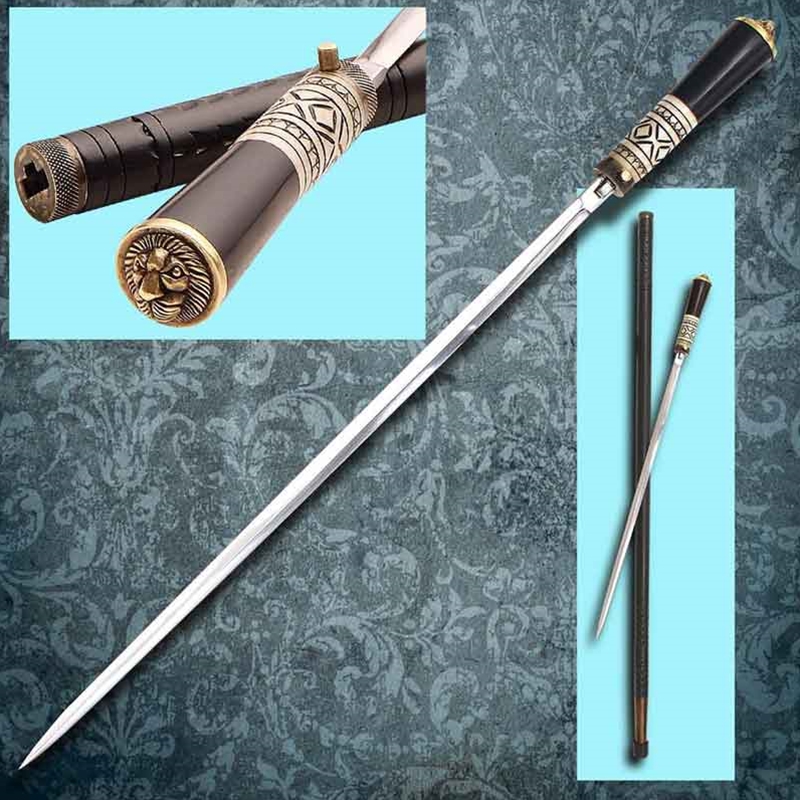Introduction:
Valentine’s Day, with its modern connotations of love and romance, has a rich history that extends far beyond the confines of greeting cards and heart-shaped chocolates. For medieval enthusiasts, delving into the origins of this celebrated day unveils a fascinating tapestry of traditions and legends that have woven their way through the centuries.
The roots of Valentine’s Day can be traced back to ancient Rome, where mid-February was associated with the festival of Lupercalia. This pagan celebration involved fertility rites and the pairing of men and women through a lottery system. As Christianity spread across Europe, the church sought to Christianize the pagan festival, and St. Valentine entered the stage.
Saint Valentine:
The identity of St. Valentine is shrouded in mystery, with various legends surrounding different individuals named Valentine or Valentinus. One popular narrative attributes the day to a priest named Valentine, who defied Emperor Claudius II’s decree against marriages for young men. The priest continued to perform marriages in secret, ultimately paying the price with his life. Another story suggests that Valentine, while imprisoned, sent the first ‘valentine’ letter to a young girl signed, “From your Valentine.”
Chaucer and Courtly Love:
The medieval connection to Valentine’s Day deepens with the influence of Geoffrey Chaucer, the renowned English poet of the 14th century. Chaucer’s poetry, particularly his work “Parliament of Fowls,” is believed to be one of the earliest references linking Valentine’s Day with romantic love. In the poem, birds gather to choose their mates on Valentine’s Day, a notion that reflects the medieval concept of courtly love.
The Tradition Grows:
Over time, the association between February 14th and romantic love flourished. By the late medieval period, exchanging handmade cards and tokens of affection became a common practice. The first official Valentine’s Day card is attributed to Charles, Duke of Orleans, who sent love letters to his wife while imprisoned in the Tower of London in the 15th century.
Valentine’s Day, steeped in both ancient traditions and medieval romance, has evolved into a global celebration of love. For medieval enthusiasts, exploring the historical roots of this day offers a captivating journey through time. Whether it be the Roman festivals, the courage of St. Valentine, Chaucer’s poetic influence, or the early exchange of love tokens, the history of Valentine’s Day is a testament to the enduring power of love in the tapestry of human history.

